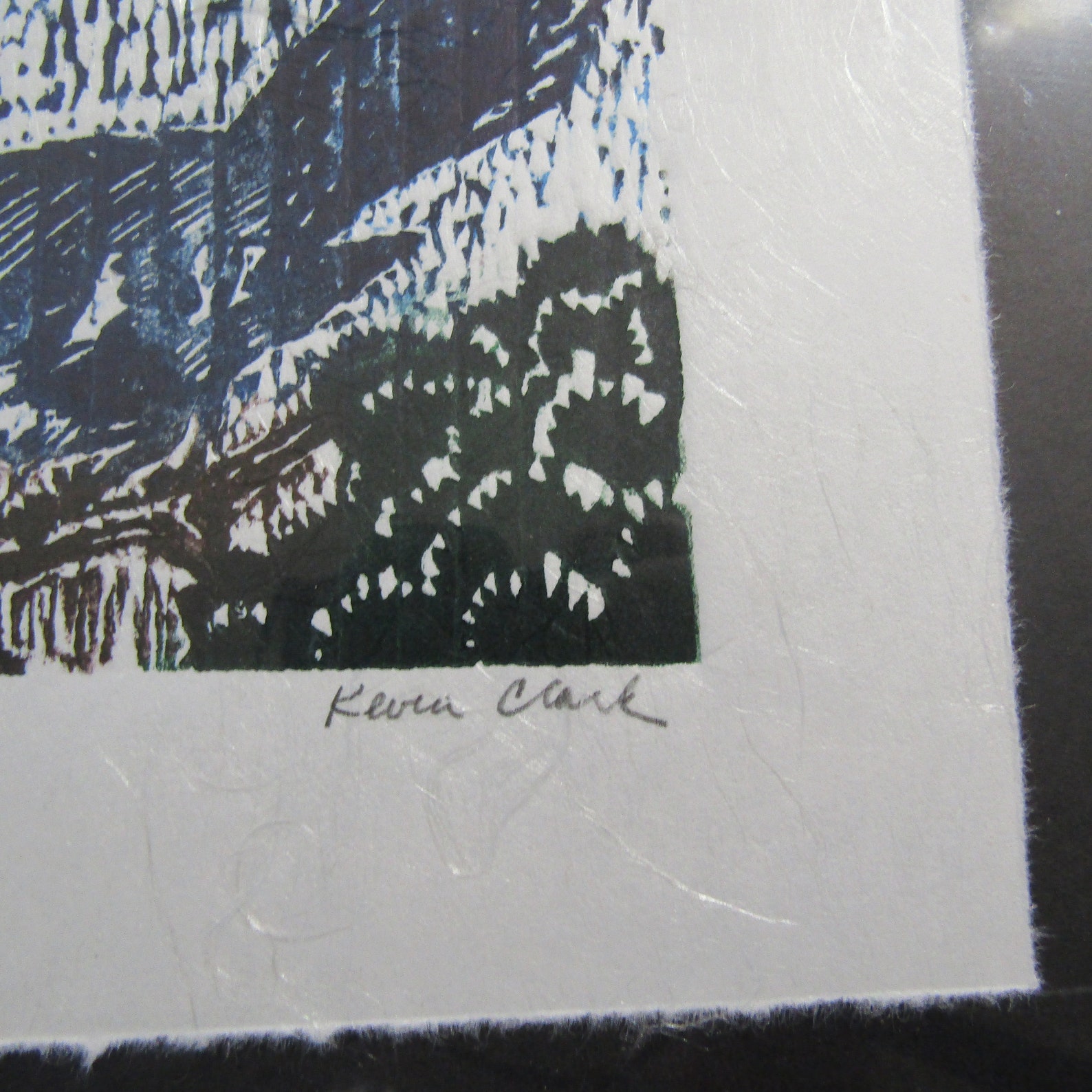

Mashing ink against paper is mashing ink against paper no matter how you spice it up. Basically, however, it is the same principle regardless of how much detail you include. Sure, it gets complicated as you add detail to the image, and as you carve multiple blocks to include more colors in the print.

By carving the block of wood, you can control where ink is applied to the wood, and as a result, where it is mashed onto the paper. Woodblock Printmaking is the art of using wood to mash ink onto paper. Moku Hanga translates to something like “wood pictures” or “wood graphics”, and is the Japanese name for printmaking. As a result, I might be a little irreverent.Īlso, I am going to use the terms “Japanese Woodblock Printmaking” and “Moku Hanga” interchangeably. Everything I know about it is from research, reading, and viewing Japanese Woodblock Prints. Disclaimer:īefore I go on, I should make a little disclaimer: I’ve never made a Japanese Style woodblock print. New York Public Library, Department of Prints, New York, NY Omaha Public Library, Omaha, NB and University of Alabama, Birmingham, AL.Western Woodblock Printmaking uses oil based inks applied to the block with a brayer (roller), and the blocks are sometimes printed with a press, and Japanese Woodblock Prints (aka Moku Hanga) are made with water-based inks applied with a brush, and are printed by rubbing a pad (baren) across the back of the paper. Her work is in the public collections of Brooklyn Museum, Brooklyn NY The Columbus Museum, Columbus, GA Columbus Public Library, Columbus, GA Hofstra University Museum, Hempstead, NY Jule Collins Smith Museum of Fine Art, Auburn, AL LaGrange Art Museum, LaGrange, Georgia Memorial Sloan Kettering, Josie Robertson Surgery Center, New York NY The Museum of Modern Art, New York, NY National Gallery of Art, Washington, D.C. Joseph’s College, Brooklyn, NY Dowling College, Oakdale, NY Krakov Cultural Center, Prague, Czech Republic University of Alabama, Birmingham, AL Erie Art Museum, Erie, PA The Bronx Museum of the Arts, Bronx, NY Whitman College, Walla Walla, WA University of Hawaii at Manao, Honolulu HI and many others. Neal has exhibited at Jule Collins Smith Museum, Auburn AL The Painters Gallery, Fleischmanns, NY Long Island University, Brooklyn, NY Fairleigh Dickinson University, Madison, New Jersey St. In 2014, the Pollock Krasner Foundation awarded her a Fellowship for traditional printmaking and her innovative use of prints in public art installations. Fuji, a spiritual pilgrimage, still resonating within her work. At the end of the residency, she hiked to the top of Mt. Two years later, she was awarded a five-week residency for Advanced Study at MI-LAB (Mokuhanga Innovation Laboratory) in Kawaguchiko, Japan to study with master printers. She attended the first International Conference of Mokuhanga in Kyoto, Japan in 2011. Her prints and artist’s books can be found in major national and international collections.Ī special interest within her work is the traditional Japanese water-based woodcut technique, known as Mokuhanga. ABOUT THE INSTRUCTOR:įlorence Neal is an artist who makes prints, drawings and public art installations inspired by nature.

The school does not provide lunch or refreshments. Students are invited to bring lunch and eat at the school or may go to any of the local dining establishments. Please note that for workshops lasting all day there is a one-hour break from twelve noon to one PM. *Those with special needs and/or requests may email the registrar. Additionally, please refrain from wearing perfume, cologne, or scents of any kind. *In an effort to maintain our non-toxic environment, the Woodstock School of Art does not permit the use of turpentine or mineral spirits in the painting studios. $360 ($330 tuition + $30 lab fee) Check Back for the Supply Listīefore registering for a class and/or workshop, please review our Covid Policy.
MOKU HANGA WASHI HOW TO
You will learn how to transfer your image onto two to four woodblocks using the kento registration, carve each block using traditional tools and methods, apply water-based pigment and rice paste to the blocks using Japanese brushes, and use a baren to hand print each color woodblock onto washi paper.īest suited to students with some experience. We’ll explore the history, tools, materials, carving and printing. Contemporary artists are enjoying this technique that develops their deep concentration, keen observation and hand skills using natural and non-toxic materials. Printmakers know the beauty of Japanese woodblock prints.


 0 kommentar(er)
0 kommentar(er)
